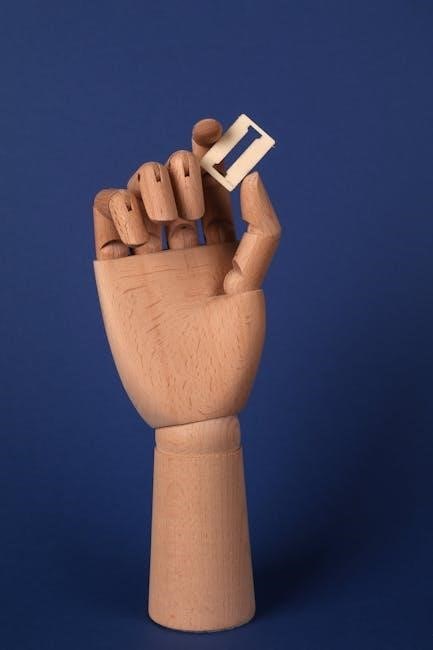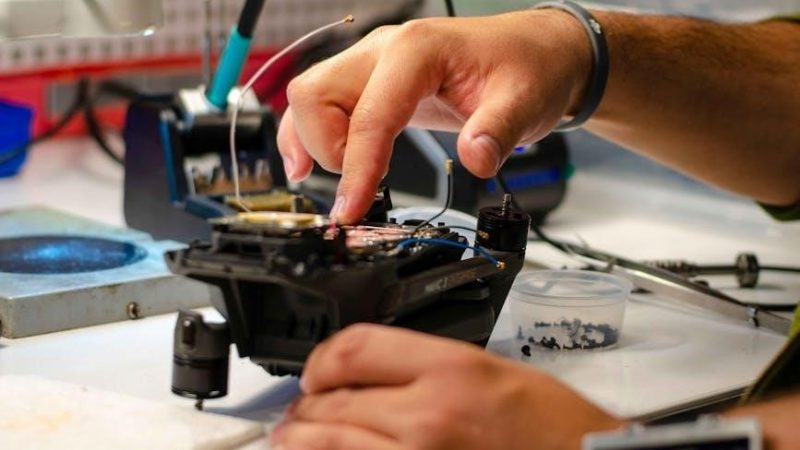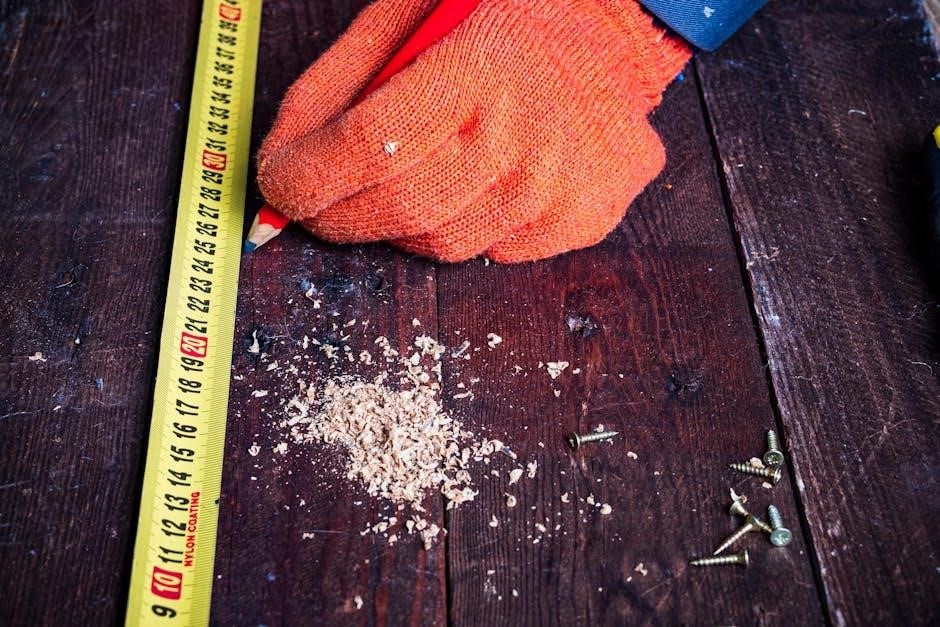manual recliner

Manual Recliner Article Plan
This article will explore the world of manual recliners‚ delving into their mechanisms‚ types‚ components‚ advantages‚ and disadvantages․ We will cover lever-operated and push-back mechanisms‚ contrasting them with power recliners․ Furthermore‚ we’ll discuss maintenance and care tips to prolong the life of your manual recliner․
Manual recliners represent a classic and enduring choice for comfortable seating in homes worldwide․ Unlike their power-operated counterparts‚ manual recliners rely on human power to adjust the reclining position․ This simplicity contributes to their appeal‚ offering a straightforward and reliable way to relax and unwind after a long day․
These recliners typically feature a lever or handle‚ easily accessible on the side of the chair‚ that activates the reclining mechanism․ Alternatively‚ some manual recliners utilize a push-back design‚ where the user’s body weight initiates the reclining action․ Regardless of the specific mechanism‚ the core principle remains the same: providing adjustable comfort without the need for electricity․

Manual recliners offer a wide range of styles‚ from traditional to contemporary‚ ensuring they can seamlessly integrate into any home decor․ Their robust construction and relatively simple mechanics often translate to greater longevity and reduced maintenance compared to power recliners․ This makes them a practical and cost-effective option for those seeking lasting comfort and relaxation․
In the following sections‚ we will delve deeper into the workings of manual recliners‚ exploring the various mechanisms‚ components‚ and benefits that make them a popular choice for furniture enthusiasts․
How Manual Recliners Work: Basic Mechanisms
The fundamental principle behind a manual recliner lies in its mechanical design‚ which allows the user to adjust the chair’s position without electrical assistance․ These recliners typically employ a system of levers‚ linkages‚ and springs to achieve the reclining motion․ Understanding this basic mechanism is key to appreciating the functionality and durability of manual recliners․
When a user activates the lever or initiates the push-back motion‚ it sets in motion a chain of events within the recliner’s frame․ The lever‚ connected to a series of metal linkages‚ releases a locking mechanism that secures the chair in its upright position․ This release allows the chair’s backrest to tilt backward‚ and simultaneously‚ the footrest to extend outward‚ providing a comfortable reclining posture․
The user’s body weight plays a crucial role in controlling the reclining angle․ By leaning back‚ the user can further adjust the backrest’s position‚ finding the optimal level of comfort․ Springs and tension mechanisms provide resistance‚ ensuring a smooth and controlled reclining motion․ Once the desired position is achieved‚ releasing the lever or maintaining the push-back pressure locks the chair in place․
The simplicity of this mechanical system contributes to the reliability and longevity of manual recliners․ With fewer moving parts compared to power recliners‚ the risk of mechanical failure is significantly reduced․ This makes them a dependable and long-lasting addition to any living space․

Types of Manual Recliner Mechanisms
Manual recliners‚ while sharing the common trait of being manually operated‚ come with distinct mechanisms that dictate how the reclining action is initiated․ The two primary types of manual recliner mechanisms are lever-operated and push-back mechanisms․ Each type offers a unique user experience and caters to different preferences in terms of ease of use and aesthetic appeal․
Lever-operated mechanisms are the most common type found in manual recliners․ These recliners feature a lever‚ typically located on the outside of the armrest‚ which the user pulls to release the reclining mechanism․ Pulling the lever disengages a locking mechanism‚ allowing the user to recline the chair by leaning back․ The footrest usually extends simultaneously as the back reclines․ This type is favored for its ease of use and readily available control over the reclining motion․
Push-back mechanisms‚ on the other hand‚ offer a more streamlined appearance․ These recliners lack an external lever․ Instead‚ the user initiates the reclining action by simply pushing back against the chair’s backrest․ The force applied triggers the release of the locking mechanism‚ allowing the chair to recline․ Push-back recliners often have a cleaner‚ more contemporary look due to the absence of a lever․ They require a bit more effort to recline compared to lever-operated models․
Understanding the differences between these mechanisms allows consumers to choose a manual recliner that best suits their individual needs and preferences․ The choice ultimately depends on factors such as desired level of physical exertion‚ aesthetic preferences‚ and ergonomic considerations․
Lever-Operated Mechanisms
Lever-operated mechanisms are a prevalent and user-friendly option in the realm of manual recliners․ Their design centers around a lever‚ typically positioned on the armrest’s exterior‚ providing a direct and easily accessible means to initiate the reclining action․ The beauty of this mechanism lies in its simplicity and the level of control it offers to the user․
The fundamental principle involves a locking mechanism that secures the recliner in its upright position․ When the user pulls the lever‚ this locking mechanism disengages‚ freeing the chair to recline․ As the user leans back‚ the chair smoothly transitions into a reclined position‚ often accompanied by the simultaneous extension of the footrest․ This coordinated movement enhances the overall comfort and relaxation experience․
One of the significant advantages of lever-operated mechanisms is the ease with which users can adjust the reclining angle․ By maintaining pressure on the lever and modulating their body weight‚ individuals can find their ideal level of recline․ This contrasts with some other mechanisms that offer fewer intermediate positions․

The robust nature of lever-operated systems makes them a durable and reliable choice for many․ They are also relatively simple to repair‚ should the need arise‚ contributing to the recliner’s longevity․ The straightforward operation and readily available control make lever-operated manual recliners a popular choice․
Push-Back Mechanisms
Push-back mechanisms offer a different approach to manual reclining‚ prioritizing a seamless and minimalist design․ Unlike lever-operated recliners‚ these models forgo an external lever or handle‚ creating a cleaner aesthetic․ The reclining action is initiated by the user applying gentle‚ consistent pressure to the back of the chair․
The core of the push-back mechanism relies on a carefully calibrated system of springs and hinges․ As the user pushes back‚ these components work in tandem to release a locking mechanism‚ allowing the chair to recline․ The user’s body weight provides the necessary force to achieve the desired reclining angle‚ offering a subtly engaging experience․
One of the key benefits of push-back recliners is their space-saving design․ Without the need for a lever‚ these models often have a smaller footprint‚ making them suitable for tighter spaces․ The lack of a lever also contributes to a sleeker‚ more streamlined appearance that blends seamlessly with various decor styles․
While push-back mechanisms may require slightly more effort to initiate the reclining action compared to lever-operated systems‚ they offer a unique advantage in terms of aesthetics and simplicity․ The intuitive nature of the mechanism and the absence of protruding levers contribute to a clean and uncluttered look‚ making push-back recliners a stylish and practical choice․
Types of Recliners (Manual vs․ Power)
Recliners offer a spectrum of comfort and convenience‚ primarily categorized into two main types: manual and power recliners․ Each type employs distinct mechanisms to achieve the reclining motion‚ catering to different preferences and needs․ Understanding the nuances of each helps in selecting the perfect recliner for your lifestyle․
Manual recliners‚ as the name suggests‚ rely on human force to operate․ They typically use a lever or push-back mechanism to release the reclining function․ The user engages the lever or applies pressure to the chair’s back‚ initiating the recline․ Manual recliners are favored for their simplicity‚ affordability‚ and independence from electrical power․
Power recliners‚ on the other hand‚ utilize electric motors to facilitate the reclining motion․ With the touch of a button‚ the chair smoothly transitions into various reclining positions․ Power recliners offer enhanced convenience‚ especially for individuals with limited mobility․ Many models also include features like power headrests and lumbar support adjustments․
The choice between manual and power recliners hinges on individual needs and priorities․ Manual recliners provide a straightforward and budget-friendly option‚ while power recliners prioritize convenience and customized comfort․ Ultimately‚ the ideal recliner aligns with your desired level of automation and comfort preferences․
Components of a Manual Recliner Mechanism
Manual recliner mechanisms‚ while appearing simple in operation‚ are composed of several key components working in harmony to provide the reclining function․ These components ensure durability‚ stability‚ and smooth operation․ Understanding these parts helps appreciate the engineering behind the comfort․
The primary component is the frame‚ typically constructed from steel or wood‚ providing the structural foundation for the entire recliner․ Attached to the frame is the reclining mechanism itself‚ consisting of interconnected metal linkages and pivot points․ These linkages allow the chair to transition between upright and reclined positions․
A crucial element is the actuator‚ which initiates the reclining motion․ In lever-operated recliners‚ the actuator is a handle or lever connected to the mechanism․ In push-back recliners‚ the actuator is the user’s body weight applied to the chair back․
Springs or tension bars provide resistance and support‚ ensuring smooth and controlled movement․ These components help maintain the chair’s position and prevent sudden‚ jerky motions․ Upholstery and padding cover the mechanism‚ providing comfort and aesthetic appeal․
Finally‚ fasteners like bolts and screws hold all the components together securely․ The quality of these fasteners is crucial for the recliner’s longevity and safety․ Together‚ these components create a reliable and comfortable reclining experience․
Advantages of Manual Recliners
Manual recliners offer several advantages that make them a popular choice for many homeowners․ These benefits range from cost-effectiveness to simplicity of operation and maintenance․
One of the most significant advantages is their affordability․ Manual recliners generally have a lower price point compared to their power counterparts‚ making them accessible to a wider range of budgets․ This makes them a great option for those looking for comfort without breaking the bank․
Simplicity is another key benefit․ Manual recliners operate with a simple lever or push-back mechanism‚ eliminating the need for electricity or complex wiring․ This simplicity translates to ease of use and reduces the risk of mechanical failures associated with electronic components․
Maintenance is also straightforward․ With fewer moving parts and no electrical components‚ manual recliners require less maintenance than power recliners․ This can save you time and money in the long run‚ as there are fewer things that can go wrong․

Placement flexibility is another advantage․ Since they don’t require a power outlet‚ manual recliners can be placed anywhere in a room without being tethered to an electrical source․ This offers greater freedom in furniture arrangement and design․

Finally‚ they offer a degree of reliability․ The absence of electrical components means they are less susceptible to power outages or electrical malfunctions‚ ensuring consistent functionality․ This makes them a dependable choice for everyday comfort․
Disadvantages of Manual Recliners
While manual recliners offer several advantages‚ they also come with certain drawbacks that potential buyers should consider․ These disadvantages primarily relate to the effort required for operation‚ limited adjustability‚ and potential wear and tear on the mechanism․

One of the main disadvantages is the need for physical exertion․ Operating a manual recliner requires the user to pull a lever or push back against the chair‚ which can be challenging for individuals with limited strength‚ mobility issues‚ or those recovering from injuries․ This can make it difficult for some users to achieve their desired reclining position comfortably․

Limited adjustability is another drawback․ Unlike power recliners that offer a wide range of reclining positions at the touch of a button‚ manual recliners typically have a limited number of fixed positions․ This can restrict the user’s ability to fine-tune the chair to their preferred comfort level․
The reclining motion can sometimes be jerky or require significant force‚ especially in older models or those with worn mechanisms․ This can lead to discomfort or even injury‚ particularly for users who are frail or have pre-existing back problems․
Wear and tear on the mechanism is also a concern․ The constant use of levers and hinges can cause these components to wear down over time‚ leading to squeaking‚ stiffness‚ or even breakage․ This may require repairs or replacement of parts‚ adding to the overall cost of ownership․
Finally‚ some manual recliners may require more space to fully recline compared to wall-hugger models․ This can be a limitation in smaller rooms or apartments where space is at a premium;
Maintenance and Care for Manual Recliners
Proper maintenance and care are crucial for extending the lifespan and ensuring the smooth operation of your manual recliner․ Regular cleaning‚ lubrication‚ and inspection can prevent costly repairs and keep your recliner comfortable for years to come․
Regular cleaning is essential to remove dirt‚ dust‚ and spills that can accumulate on the upholstery․ Use a soft brush or vacuum cleaner with an upholstery attachment to gently remove loose debris․ For spills‚ blot immediately with a clean‚ absorbent cloth․ Avoid using harsh chemicals or abrasive cleaners‚ as they can damage the fabric․

Lubricating the mechanism is vital for smooth operation․ Apply a silicone-based lubricant to the moving parts‚ such as hinges‚ levers‚ and springs‚ every few months․ This will prevent squeaking‚ stiffness‚ and premature wear․ Be sure to follow the manufacturer’s instructions for lubrication․
Inspect the recliner regularly for loose screws‚ worn fabric‚ or damaged components․ Tighten any loose screws and repair or replace any damaged parts promptly․ Pay close attention to the lever or handle‚ as this is a common point of failure․

Avoid placing excessive weight on the recliner‚ as this can strain the mechanism and shorten its lifespan․ Distribute weight evenly when sitting or reclining;
Protect the recliner from direct sunlight‚ as this can fade the fabric and damage the frame․ Consider using curtains or blinds to block out sunlight during peak hours․
Professional cleaning may be necessary for stubborn stains or deep cleaning․ Consult a professional upholstery cleaner for advice on the best cleaning methods for your recliner’s fabric type․



